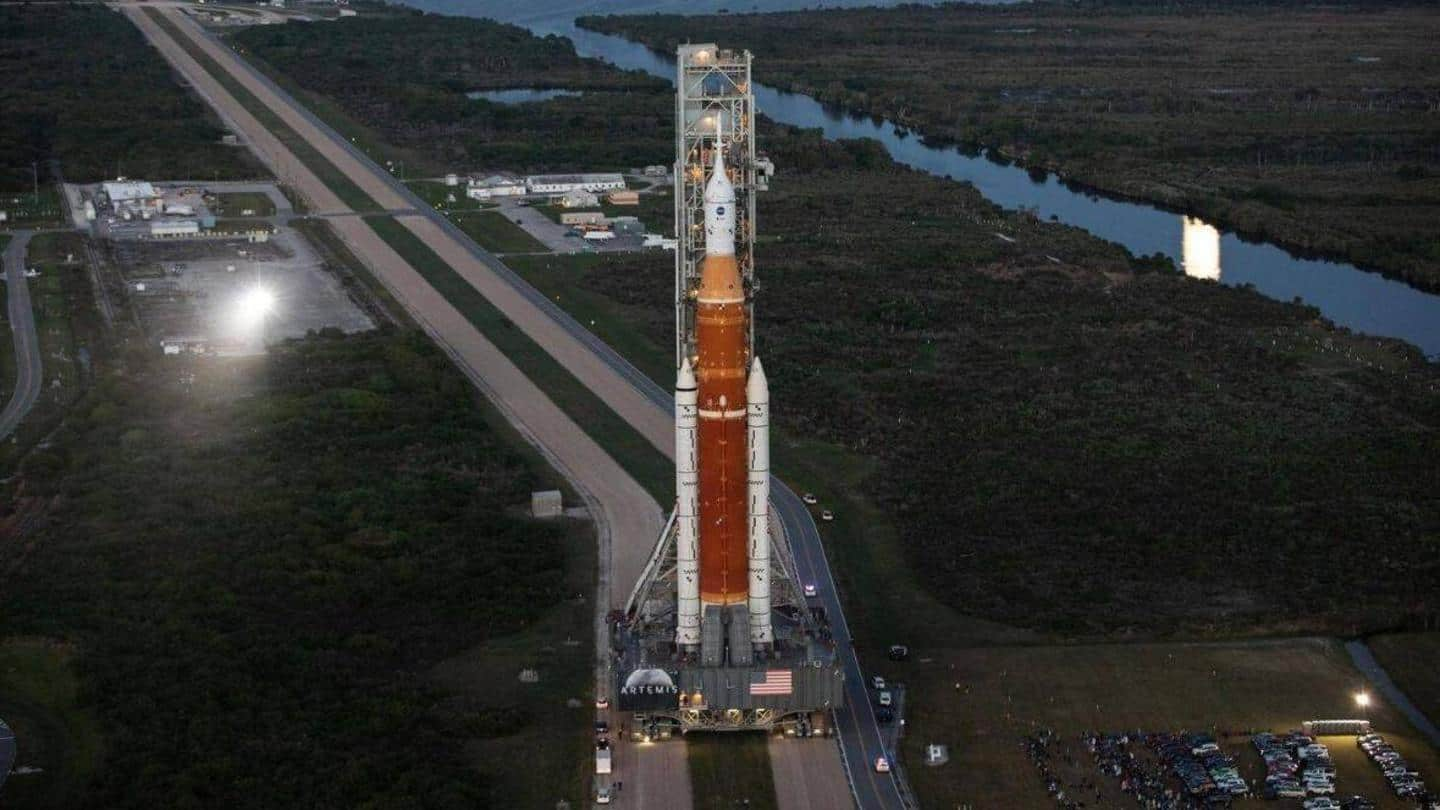
NASA Artemis 1's third launch attempt scheduled for September 27
What's the story
NASA has announced that it will attempt to launch its mighty Space Launch System (SLS) rocket as part of the Artemis 1 mission for a third time on September 27.
The highly anticipated mission has faced several setbacks so far. If the third attempt doesn't go through, the agency will try to send the rocket to lunar orbit on October 2.
Context
Why does this story matter?
The world has been waiting to see the giant SLS rocket lift off from the Kennedy Space Center, marking the beginning of a new chapter in humanity's lunar exploration.
The Artemis 1 mission hasn't been off to the best of starts. Two canceled launch attempts in a week can certainly be disheartening.
With the announcement of the third attempt, the excitement is back.
New window
There will be a 7-minute launch window on September 27
NASA was earlier looking at September 23 as a possible option to launch the mission. The latest announcement confirms the new launch date.
On September 27, the agency will have a 70-minute launch window that opens at 9:07 pm IST (11:37 am EDT).
The agency has October 2 as a backup, but it is still under review.
Fuel leak
The hydrogen fuel leak has been repaired
Artemis 1's last launch attempt was scrubbed due to a hydrogen fuel leak. Over the weekend, NASA's teams repaired the leak.
This week, they will conduct tests at ambient conditions to ensure that there is a tight bond between ground- and rocket-side plates on the quick disconnect for the hydrogen fuel feed line.
Once this is done, the cryogenic tanking demonstration will take place.
Evaluation
Cryogenic tanking demonstration will ensure that repair work is proper
NASA will conduct a cryogenic tanking demonstration to confirm that the hydrogen leak has been repaired. This process will involve loading supercold liquid oxygen and liquid hydrogen into the core stage and the interim cryogenic propulsion stage of SLS.
This will also allow them to evaluate updated propellant loading procedures, perform a kick-start bleed test, and evaluate pre-pressurization tests.
Official words
New dates represent careful consideration of multiple logistical topics: NASA
About the updated date, NASA said, "the updated dates represent careful consideration of multiple logistical topics, including the additional value of having more time to prepare for the cryogenic demonstration test, and subsequently more time to prepare for the launch."
"The dates also allow managers to ensure teams have enough rest and to replenish supplies of cryogenic propellants," it added.